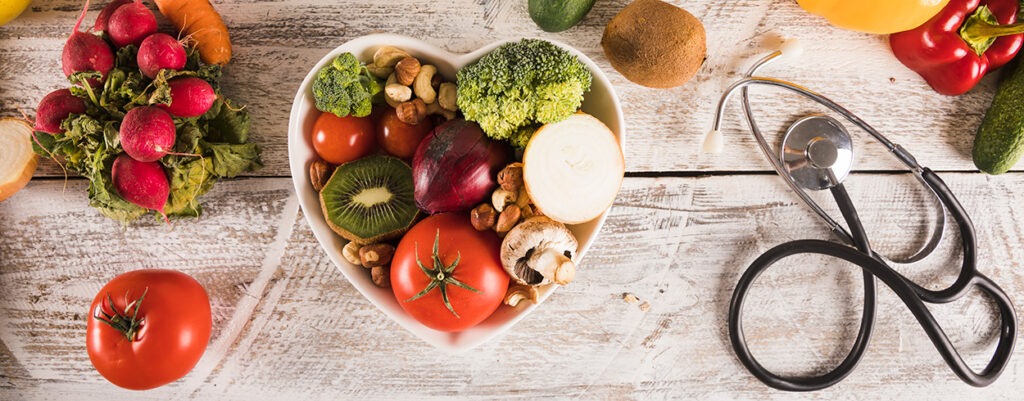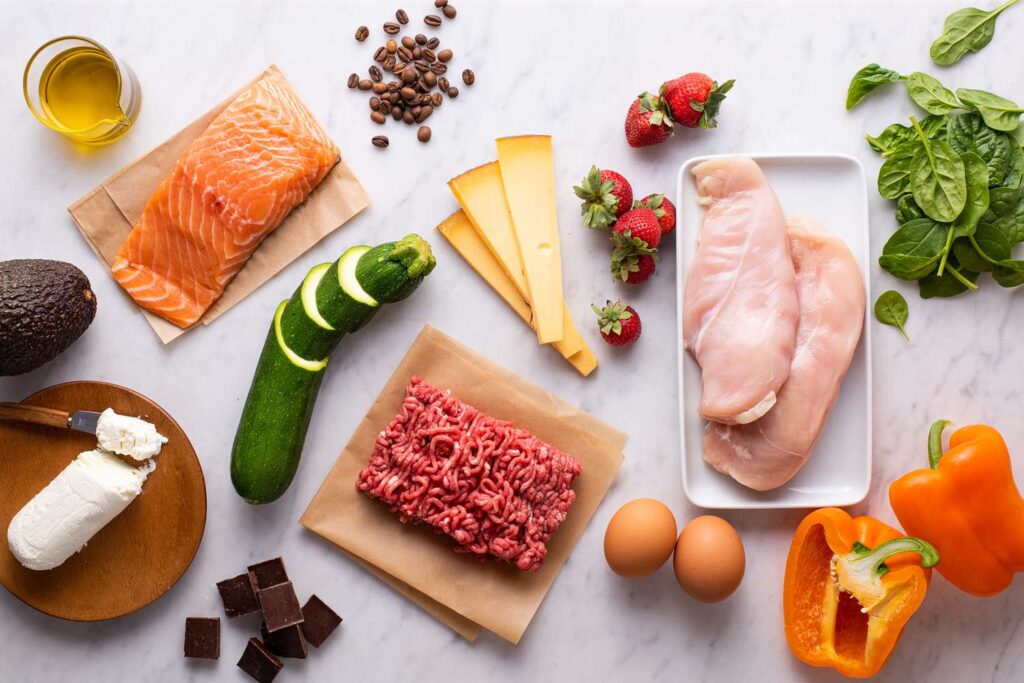All the foods and drinks we consume throughout the day constitute our diet. Those aiming to lose weight can follow a weight loss diet plan, which involves a planned calorie deficit and a personalized daily food intake schedule. Ensuring that the meals in the diet are compatible and making low-calorie choices can lead to successful weight loss.
Once the ideal weight is reached, maintaining a healthy lifestyle and learning balance prevents weight gain in the long run. However, if unhealthy eating habits resume after completing the diet, the lost weight may quickly return. The only way to prevent this is to make balanced nutrition a lifestyle during the diet process.
Knowing what foods to eat, in what quantities, and at what intervals is crucial for staying at the ideal weight throughout life, reducing the risk of obesity, hypertension, cardiovascular diseases, high cholesterol, and other health risks. To maintain a high quality of life, try to stay at an ideal weight without relying on medication, becoming bedridden, or using prosthetics or a cane.
A weight loss diet is implemented for a certain period but can be transformed into a healthy lifestyle to achieve success. Otherwise, the process can become a vicious cycle of gaining and losing weight.
Special Features That Distinguish Diet Meals From Others
The limitation of salt, fat, and calories distinguishes diet meals from other dishes. The richness of nutritional value and the variety of food groups highlight the importance of diet meals. Fried, roasted, and sautéed cooking methods are avoided in the diet, while boiling, grilling, and light sautéing are preferred.
Another feature that sets diet meals apart is their weekly planning, including a variety of foods such as vegetables, legumes, fish, red and white meat. Olive oil is the preferred type of oil in the diet. For those on a diet, reducing salt and lowering the risk of edema is essential. Spices, onions, and garlic can be used for flavor according to personal taste. Additionally, meat and chicken broth, flour, and sugar are not used.
Grilled meat dishes are consumed with salad, and animal fats are reduced in minced meat dishes. Meatball recipes do not include breadcrumbs or breadcrumbs. Minced meat dishes are preferred to be cooked with vegetables, and legumes are prepared without adding meat. Vegetables, when cooked, are consumed with yogurt. It is important to remember that the weight loss process takes time and should be turned into a lifestyle.
Gluten-Free And Lactose-Free Recipes
Gluten-free and lactose-free eating, which has become fashionable today, is perceived as valuable for our health. Products labeled gluten-free and sugar-free are now more prevalent on supermarket shelves, making it easier to find such items.
When facing health problems that require gluten-free and lactose-free eating, it becomes a necessity. However, deviating from the diversity offered by nature and maintaining life with a single type of nutrition may not always be healthy. It is challenging to determine whether gluten-free and lactose-free eating is healthy without knowing the necessary details about the topic.
Who Uses Gluten-Free Products?
Gluten refers to the hard-to-digest grain components. Gluten-free products produce stronger intestinal reactions compared to products containing gluten. However, gluten-free products also contain gluten.
These products do not always provide an advantage; many of them also have disadvantages. Research shows that those who unnecessarily eat gluten-free meals miss out on fiber and B vitamins, which can be detrimental to heart health. However, it is essential to remember that those with celiac disease must consume gluten-free foods.
Reducing Intolerance With Lactose-Free Foods
Lactose intolerance, affecting about 90% of all adults, is due to the inability to digest lactose, the sugar in milk. In the absence of the enzyme, the intestines find it challenging to digest lactose, leading to cramps and diarrhea. In almost all cases, some amount of lactose is tolerated, thanks to the remaining active enzyme. Additionally, secondary lactose intolerance can occur if the intestinal mucosa is damaged due to infections.
To maintain tolerance, it is necessary to know how much milk will be consumed. Eight to ten grams of lactose per meal is ideal. This measure is equivalent to the amount found in a small glass of milk or two cups of yogurt. Naturally matured cheese does not contain lactose. When avoiding lactose, enzymes stop working entirely, leading to an increase in intolerance.
Therefore, it is crucial to know how much lactose will be taken to maintain tolerance. Excessive lactose is hidden in pastries, mashes, sweets, ice creams, chocolate, and sausages. Additionally, lactose is abundant in milk or whey protein powder. If experiencing issues with lactose-free dairy products, it could be due to milk pollen.
Meal Ideas For The Keto Diet
Also known as the ketogenic diet, the keto diet involves high fat and low carbohydrate intake. Gaining popularity, the keto diet was initially applied in 1921 for the treatment of epilepsy. It has become well-known for weight loss and is also used to support the treatment of Alzheimer’s, Parkinson’s, autism, nerve, and brain disorders.
The ketogenic diet, based on low carbohydrates and high fats, obtains the majority of the body’s required energy from fats, with a minimal amount from proteins. However, the primary energy source for the body is carbohydrates. In the absence of sufficient carbohydrates, the body relies on fats for energy, with proteins serving as the last resort. When the body utilizes proteins, cell structure and repair are supported.
The keto diet restricts the daily carbohydrate intake to reduce it by 50 grams. Sixty to seventy percent of the energy is derived from fats, 20 to 30 percent from proteins, and the remaining 5 to 10 percent from carbohydrates. This way, the body maintains a low carbohydrate level, utilizing fats for energy.
The keto diet, which emphasizes low carbohydrate and protein intake while containing high fat, can be challenging to maintain over an extended period. Care should be taken to avoid potential health issues. It is advisable to consult with a doctor or nutrition specialist before implementing this diet.
Ayurvedic Nutrition Principles
The fundamental cornerstone of a healthy and happy life is the way we eat. The Ayurvedic nutrition approach enhances health by ensuring optimal digestion, healthy tissue formation, and overall well-being.
This ideal nutritional approach, appealing to all individuals, prevents potential anti-inflammatory nutrition issues. It provides a unique range of solutions for each symptom, suitable for every constitution.
See you in the next post,
Anil UZUN


